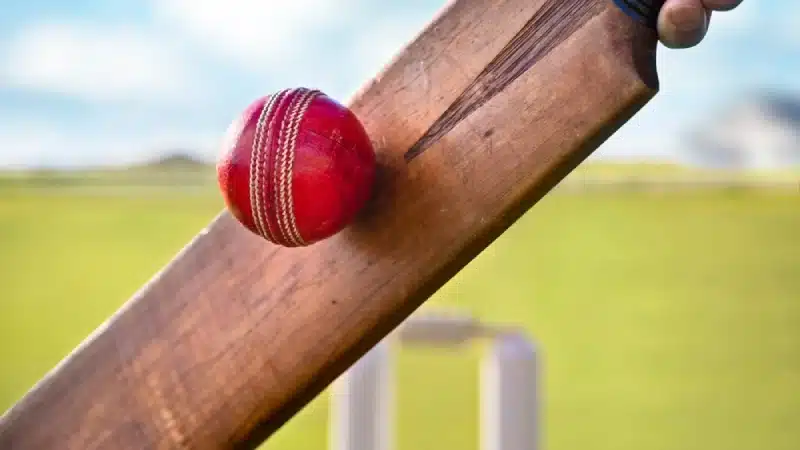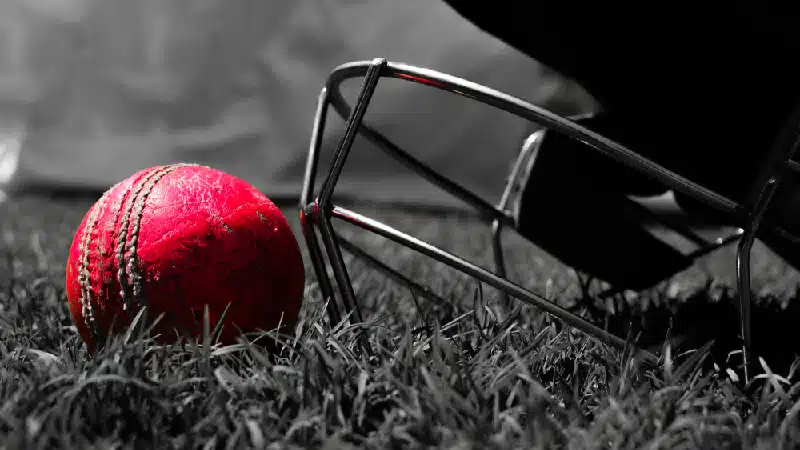
Cricket technology’s journey is a mixed bag. It brings advancement in data analysis but is also a devil’s advocate in on-field decisions. The smart cricket ball promises to bring real-time data in cricket matches but it remains to be seen how it measures in the sport’s tumultuous relationship with technology.
The Umpire Decision Review System (DRS), which consists of hawkeye and ultra-edge, has had its fair share of controversies with the umpire’s call being a central issue. But, the introduction of the smart ball, set to register more data points than the radar or ball-tracking technology used in DRS, could revolutionise analysis and critical decisions during cricket matches.
What is a smart cricket ball?
The smart cricket ball is a Kookaburra ball that has an electronic chip embedded in it. It is developed by Australian company Sportcor, which is chaired by former Australian bowler Michael Kasprowicz.
The sensors in the microchip, which is present in the innermost layer of the ball, transmits information from the moment it is bowled to the point it comes in contact with the wicket-keeper, fielder or the boundary line.
The chip inside the Smart Ball will transmit information, such as the bowling speed and revolutions of the ball after it is bowled by a bowler.
The smart cricket ball measures the speed and revolutions of the ball the moment the bowler releases the ball and just before it hits the pitch. It also logs the speed of the ball after hitting the pitch.
The information can be viewed by any device (mobile/laptop) by a special application.
How is the smart cricket ball made?
The smart cricket ball has the microchip wired into a round socket and then fitted into the quilt of the ball - a small, spherical object the size of a quail’s egg made of rubber and cork.
Then, as it is with the manufacturing process of a regular cricket ball, the microchip will have layers of leather and rubber wrapped over it, assembled and stitched.
What are the challenges for the smart cricket ball?
The first challenge for the smart cricket ball - currently in its testing phase - is its longevity during the course of play. The battery of the microchip is said to last eight hours, which should be enough unless the day’s play is extended.
The next hurdle for the Smart Ball is the durability of the microchip when the batsmen are continuously pounding the ball through an innings.
Another problem with the Smart Ball is the pricing considering the cost of developing the microchip.
While the concept of a cricket ball with brains seems appealing to the cricket audience, its sustainability in the sport could determine its fate in the long run.
Author: William Paul
Featured photo: AFP / Aamir Qureshi




















